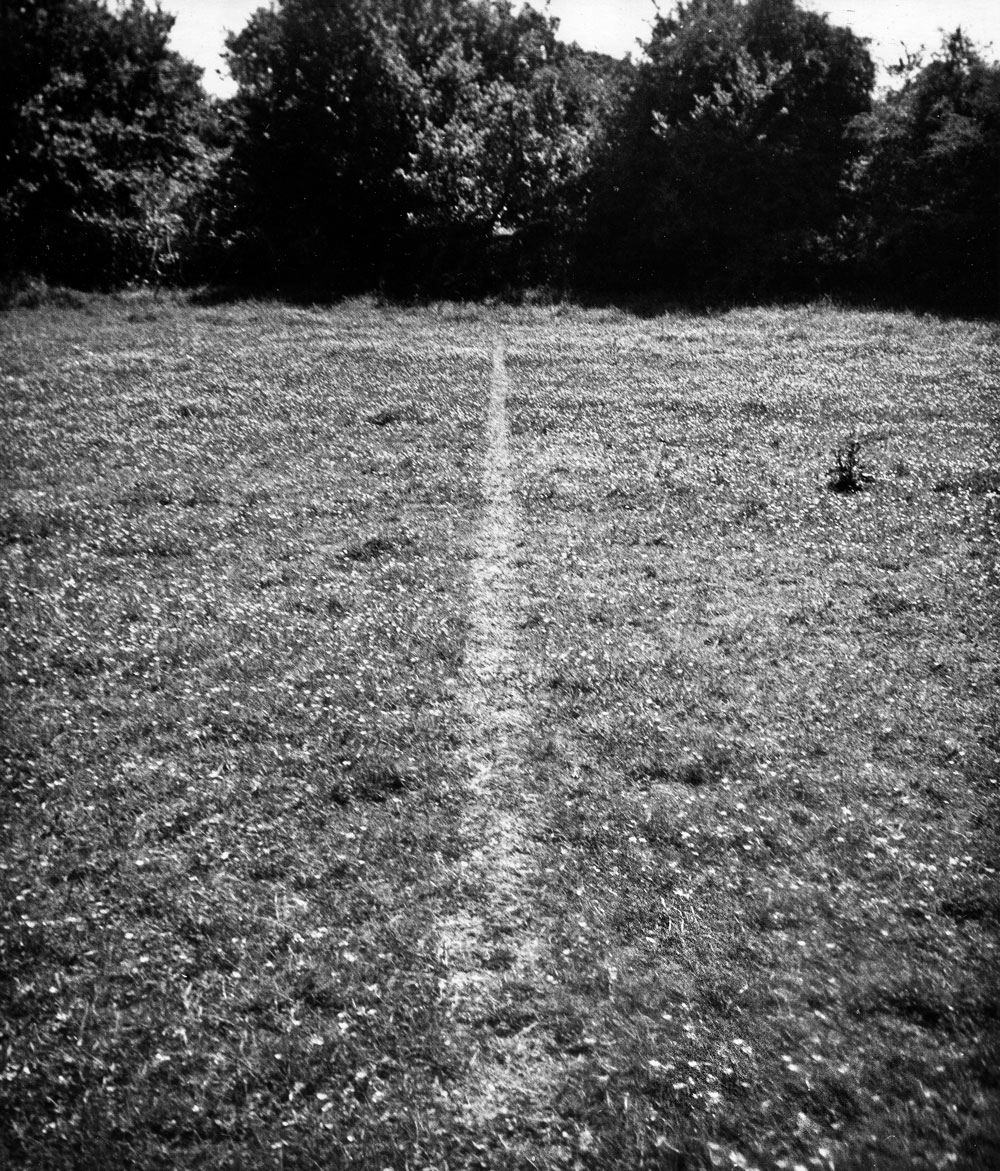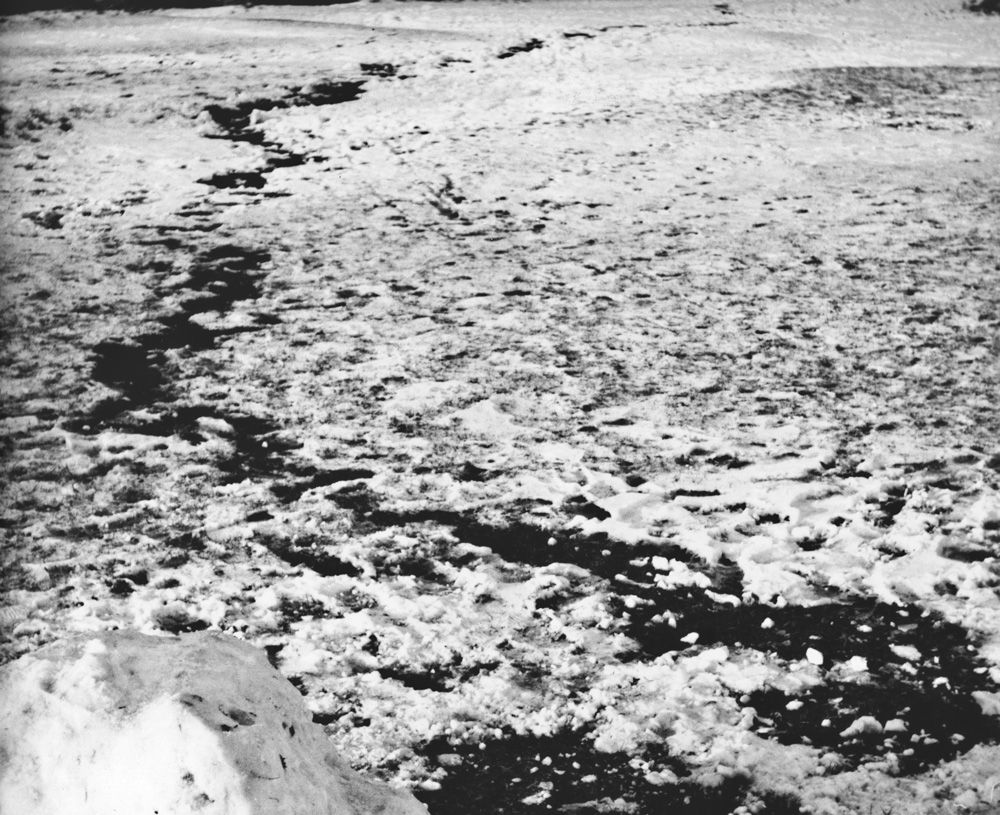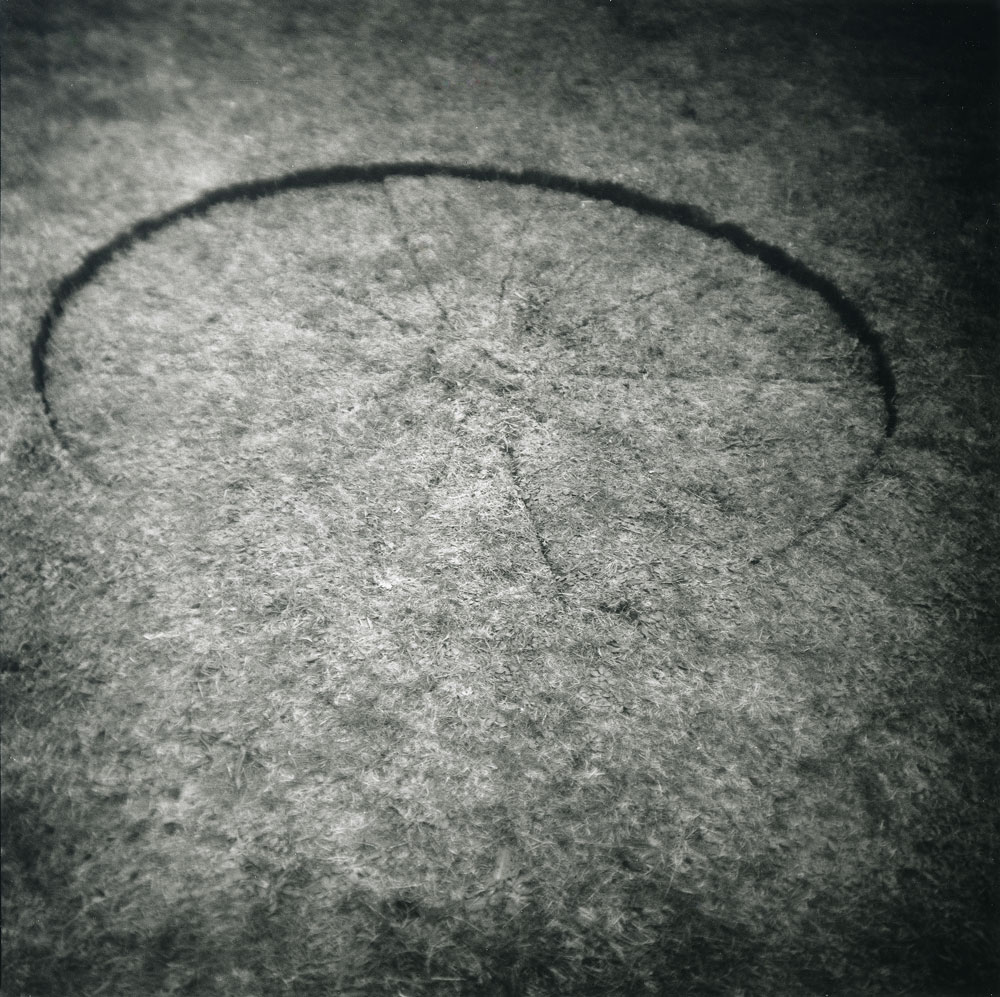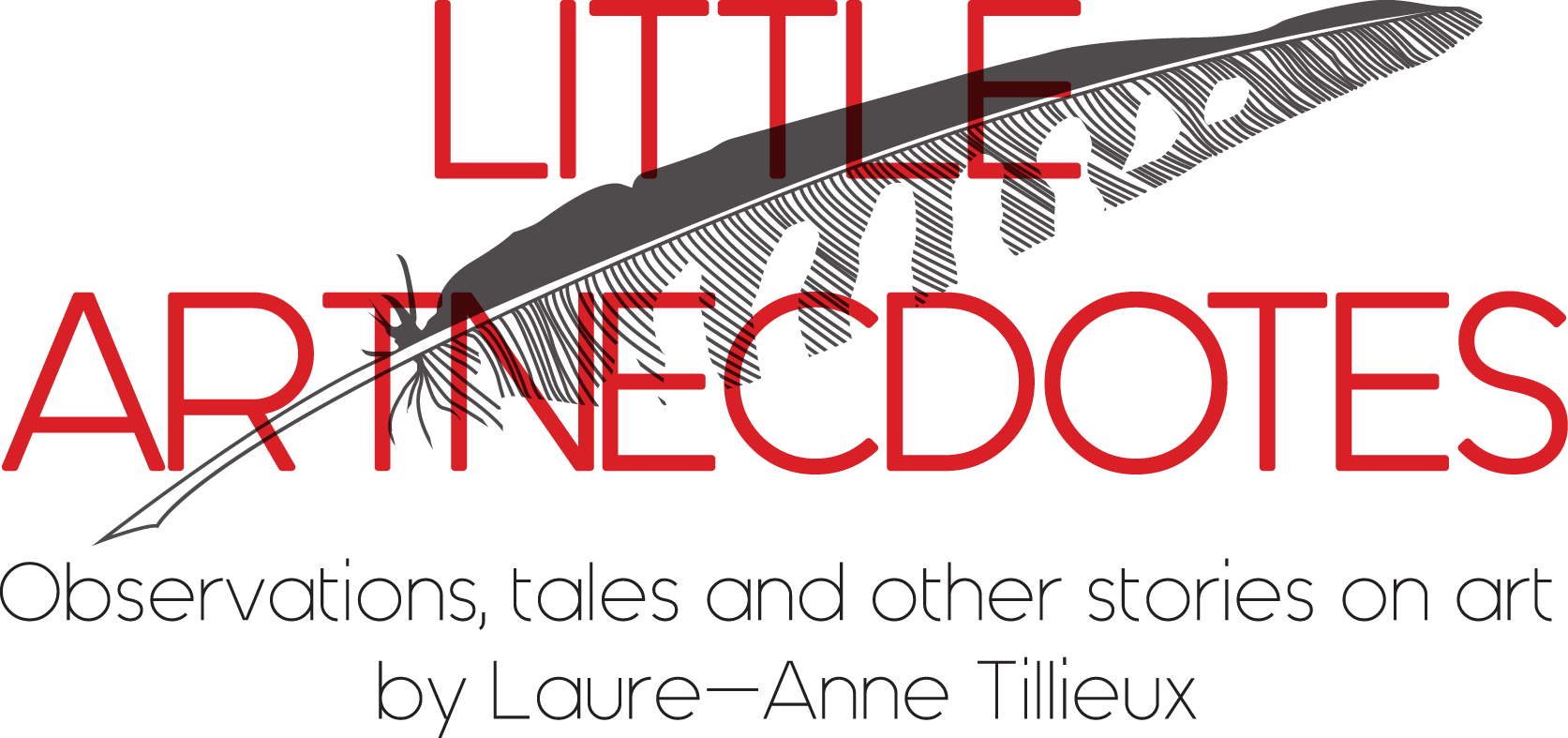
The ‘Long’ art for walking
One day in June 1967, British artist Richard Long (1945) took a train at the Waterloo station in London and went southwest into the countryside. About twenty miles outside the city centre, Long decided to get off and walked up to a field of grass he had seen from the train. He started to make a line in it by walking back and forth. After a while, a line became visible. The sun happened to be shining that day and made the line appear all the more present. Satisfied with the effect of this simple straight line in a field somewhere outside London, Long made a picture of this action that we now know as A line made by walking. The work secured Long’s inclusion in most canonical historiographies of Land, early Conceptual and performance art.
Born in Bristol, Long spent most of his free time as a child rambling in the countryside. He often visited his grandparents who lived in the countryside near Dartmoor, Devon, and his parents were walking enthusiasts. They spent most of the family holidays in the West Country. Long himself lives to this day in the countryside outside Bristol. A rural artist at heart.
The most important work presaging A line made by walking was a snowball track made on the Clifton Downs in 1964 (A Snowball Track, 1964). This line was made by rolling a growing ball of snow over grass, freeing up this way a path in the process. This work was followed by Long’s first earth work, titled Turf Circle (1966), a shape cut out of the ground in the garden of the artist’s neighbors.
Richard Long became famous for his driftwood circles and monumental, floor-covering shapes of coal, turf or slate. He made also more ephemeral works as walks whose only trace was a line drawn on a map or a list of arrows depicting the changing wind direction. Long walks through rural and remote areas in Britain, Ireland, Peru, Bolivia or Canada were his inspiration and formed his starting point for the creation of his sculptures, drawings, text works and photos. Nature is his endless source of inspiration.

A Snowball Track 1964. Courtesy Richard Long

Turf Circle 1966. Courtesy Richard Long
